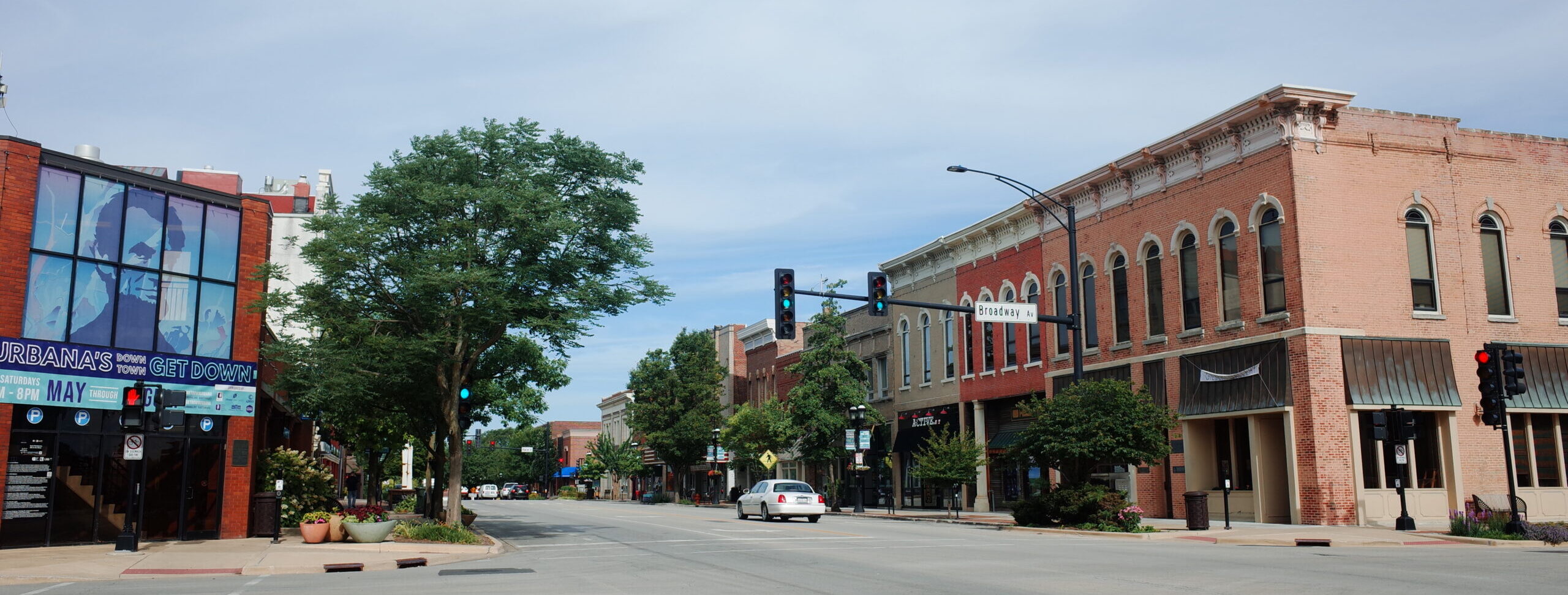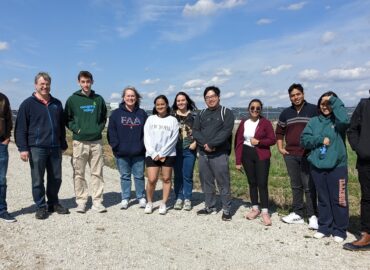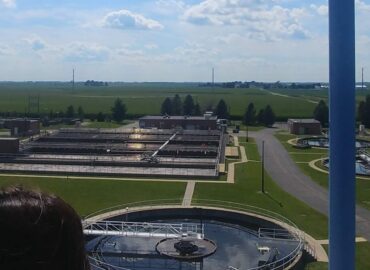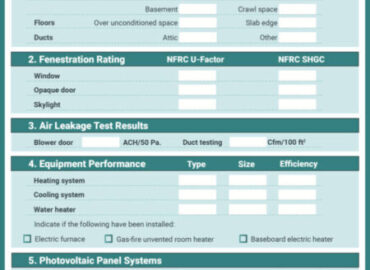The economic effects of the pandemic have devastated many job sectors, including the energy efficiency sector. In Illinois, there are 10% fewer energy efficiency jobs in September 2020 than there were in February 2020, according research by the BW Research Partnership. The majority of job losses occurred in March and April. Fewer jobs were lost in May, and June, July, and August saw modest job gains as businesses began to open up. However, most energy efficiency workers who lost their jobs in the spring are not back to work.
Future job losses in the energy efficiency industry are not a forgone conclusion. There are many ways the energy efficiency workforce can grow and become more resilient, even in a depressed job market. Below we consider the key principles of resilience and how they can guide the energy efficiency workforce as it seeks to recover and grow during these challenging times.
Resilience is generally defined as the ability to resist damage, recover from, and adjust more quickly after stress. The concept of resilience in ecological systems was introduced by Canadian ecologist C.S. Holling, who described resilience to be a system's ability to recover from disturbance, and the general persistency of service dependability in the face of faults. Resilience, according to the Urban Land Institute (2013) is "the ability not only to bounce back . . . but to bounce forward--to recover and at the same time to enhance the capacity . . . to withstand future stresses." So what are the characteristics of a resilient system, and how can the energy efficiency workforce be more resilient? Resilient organizations generally share the following core characteristics.
- Positive feedback loops. In ecological systems, positive feedback represents a circular link of effects that are self-reinforcing. It can stimulate rapid and long-term change. Like a complex ecosystem, the energy efficiency workforce is a complex web of connections and interdependencies among a large and diverse set of component pieces. It is more resilient when there are positive feedback loops among these players (Maru et.al., 2014). These feedback loops must be responsive, capable of transmitting economic opportunities and providing learning opportunities. They should operate both vertically and horizontally. These feedback loops should also reflect interactions within the system, as well as with the broader environment.
- Addressing vulnerabilities. In order to become resilient, a system or organization must identify and address its vulnerabilities—the components that are most likely to suffer harm from external stresses and shocks (Gallopin, 2006). Addressing vulnerabilities is crucial in communities or organizations that value equity, recognizing that the organization is only as strong as its most vulnerable parts. There is a great need for additional support for our highly vulnerable and under-served communities and members of the workforce who are disproportionately impacted by economic fallout and unemployment.
- Redundancy. Redundancy is the intentional duplication of system components in order to improve resilience. The energy efficiency workforce will be more resilient if it has redundant components with similar functions to ensure that the whole system does not collapse when one component fails (Molyneaux et.al., 2016). For instance, online training can replace in-person training when in-person training is not an option.
- Efficiency. At a basic level, resilience is the ability for something to withstand disruption. Efficiency is the quest for optimal output with minimum waste. The energy efficiency workforce will be more resilient if it can minimize waste of resources to direct resources to more important priorities (Ribiero et.al., 2015). One possible way to reduce inefficiencies is to partner with other sectors (such as health or disaster management) to deliver services. Organizations that have similar goals can improve efficiency by working together and avoiding duplication.
- Flexibility. A key component of resiliency is learning from experience and adapting to changing situations (MacEachen et.al., 2008). This suggests that opportunities for knowledge sharing and professional development are essential for a resilient workforce. There is ample evidence that the energy efficiency workforce has been learning and adapting to the current crisis, through no-touch programs, online marketplaces, and online audits for example.
- Strength. The energy efficiency workforce will be more resilient if it is strong and healthy (Rashid et.al., 2014). One way to do this is to prioritize the health and wellness of employees, fostering a sense of purpose, autonomy, and collaboration, and engagement.
- Diversity. Research suggests that diversity plays an important role in the development of resilience in organizations (Duchek et.al., 2019). Resilient systems have multiple components that are different from each other to resist diverse threats. Energy efficiency organizations with a diversity of positions, services offered, sources of funding, and a more diverse workforce will be more resilient. Training programs should also be preparing students for a diverse range of jobs to meet the evolving economic situation.
- Interdependence and Collaboration. A resilient system has components that are interconnected, bolstering the system’s ability to respond to crises. Similarly, resilient systems provide opportunities for participants to collaborate, both inside and outside the system, which helps them to be more responsive to crises (Richardson, 2002). Internal and cross-sector collaboration are both essential.
- Autonomy. A resilient system should also be capable of operating independently, against outside forces (Flach, 1988). Too much interdependency can reduce the resilience of systems. Global connectivity, for instance, has exacerbated the spread of the virus and its outsized impact on the global economy. The ability to be autonomous, to produce our own energy efficiency products domestically or survive without federal funding, for instance, may improve the resilience of the energy efficiency workforce in times of crisis and budget cuts.
The pandemic has had an unprecedented impact on the energy efficiency workforce and will likely continue to reshape the workshop in profound ways. We have a rare opportunity to help the energy efficiency workforce not only recover from the current crisis, but to enhance its capacity to withstand future stress. Growing the energy efficiency workforce at this time must consider how we can become more resilient, better able to withstand future crises.
References
BW Research Partnership (2020, August 8). Clean Energy Impacts from the COVID-19 Economic Crisis, July 2020. Memorandum to E2, E4theFuture and ACORE. https://e2.org/reports/clean-jobs-covid-economic-crisis-july-2020/
Holling, C. S. (1973). Resilience and stability of ecological systems. Annual Review of Ecology and Systematics, 4, 1–23. https://doi.org/10.1146/annurev.es.04.110173.000245.
Urban Land Institute Foundation. (2013). After Sandy: Advancing Strategies for Long-term Resilience and Adaptability.
Maru, Y. T., Smith, M. S., Sparrow, A., Pinho, P. F., & Dube, O. P. (2014). A linked vulnerability and resilience framework for adaptation pathways in remote disadvantaged communities. Global Environmental Change, 28, 337-350.
Gallopín, G. C. (2006). Linkages between vulnerability, resilience, and adaptive capacity. Global environmental change, 16(3), 293-303.
Molyneaux, L., Brown, C., Wagner, L., & Foster, J. (2016). Measuring resilience in energy systems: Insights from a range of disciplines. Renewable and Sustainable Energy Reviews, 59, 1068-1079.
Ribeiro, D., Mackres, E., Baatz, B., Cluett, R., Jarrett, M., Kelly, M., & Vaidyanathan, S. (2015, October). Enhancing community resilience through energy efficiency. American Council for an Energy-Efficient Economy.
MacEachen, E., Polzer, J., & Clarke, J. (2008). “You are free to set your own hours”: Governing worker productivity and health through flexibility and resilience. Social Science & Medicine, 66(5), 1019-1033.
Rashid, T., Anjum, A., Chu, R., Stevanovski, S., Zanjani, A., & Lennox, C. (2014). Strength based resilience: Integrating risk and resources towards holistic well-being. In Increasing psychological well-being in clinical and educational settings (pp. 153-176). Springer, Dordrecht.
Duchek, S., Raetze, S., & Scheuch, I. (2019). The role of diversity in organizational resilience: a theoretical framework. Business Research, 1-37.
Richardson, G. E. (2002). The metatheory of resilience and resiliency. Journal of clinical psychology, 58(3), 307-321.
Flach, F. (1988). Resilience: Discovering a new strength at times of stress. Ballantine Books.





